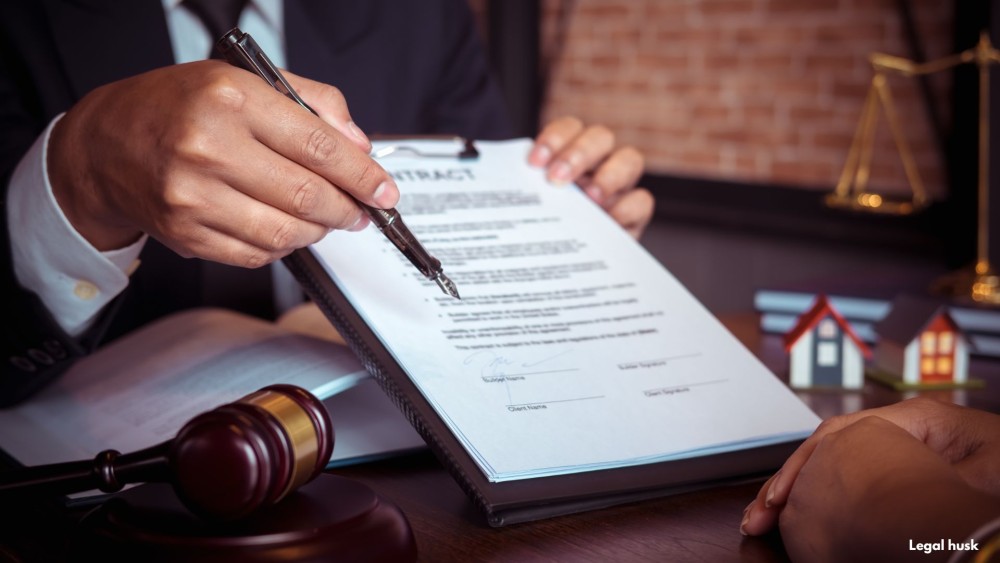In financial fraud litigation, finger-pointing isn't just expected—it's strategic. Crossclaims can help shift blame, assign liability, and protect your bottom line. Here's how to draft them effectively.
In financial fraud cases, the complexities of the allegations often involve multiple parties and overlapping responsibilities. Crossclaims, when used strategically, can provide a defendant with an opportunity to allocate liability, assert claims against other defendants, or shift blame in the case. This article explores how to draft crossclaims in financial fraud cases, including when to use them and key considerations for ensuring they are effective.
A crossclaim is a claim made by one defendant against another defendant in the same case. It arises out of the same transaction or occurrence that is the subject of the original lawsuit.
Example: If a company is accused of misleading investors and a co-defendant provided false financial data, that co-defendant might file a crossclaim shifting liability back to the company.
Use when you believe a co-defendant is more at fault.
Ideal when multiple parties share potential liability, and you seek reimbursement.
Useful for clarifying how damages should be distributed among co-defendants.
Use to bring in additional parties directly tied to the fraudulent activity.
Tie it directly to the same transaction or occurrence at issue in the original complaint.
Include:
Who the crossclaim targets
Legal basis (e.g., breach of fiduciary duty, conspiracy, fraud)
Use:
Fraudulent misrepresentation
Breach of contract
Securities law violations
Support with:
Financial records
Memos
Communications or audit reports
Clearly state what you're asking for:
Full or partial damages
Indemnification
Declaratory relief
Know your jurisdiction's deadlines
Weigh litigation pacing vs. negotiation leverage
Crossclaims may:
Prompt quicker settlements
Complicate multi-party discussions
Clarify:
Each party's share of liability
The scope of your financial exposure
Anticipate challenges such as:
Lack of jurisdiction
Insufficient evidence
Procedural errors
Crossclaims in financial fraud cases are more than procedural add-ons—they're key tools for risk management and legal strategy. Whether you're seeking indemnification or just trying to avoid being left holding the bag, well-drafted crossclaims can make or break your defense.
Facing a financial fraud lawsuit with multiple parties? Let Legal Husk help you craft strategic, well-supported crossclaims that minimize liability and protect your interests.
📌 Start your defense strategy with confidence.
👉 Visit:
🔗 legalhusk.com
🔗 legalhusk.com/services
🔗 legalhusk.com/services/civil-litigation
🔗 legalhusk.com/about-us
In financial fraud litigation, don't just respond—crossclaim with precision.
📩
Ready for a court-ready crossclaim at a predictable price? Contact Legal Husk and let us draft your next crossclaim with precision and clarity.
Whether you are dealing with a complex family matter, facing criminal charges, or navigating the intricacies of business law, our mission is to provide you with comprehensive, compassionate, and expert legal guidance.
support@legalhusk.com
+1 (571) 440-0261
43805 Central Station Dr, Ashburn, VA 20147
We specialize in crafting comprehensive legal documents tailored to meet the unique needs of clients involved in litigation. Our dedicated team of legal professionals is here to ensure your documents are meticulously prepared, accurate, and strategically aligned with your case.
Learn More →Copyright 2025 Legal Husk. All Rights Reserved.
